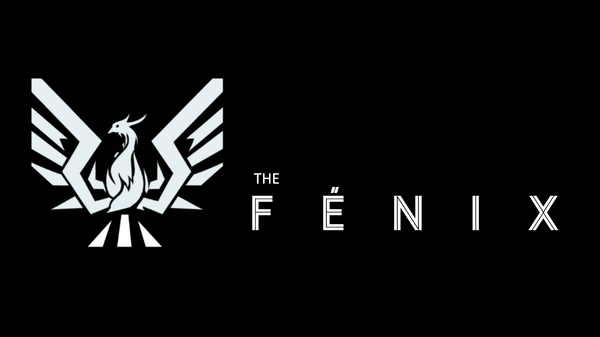At Competitive Edge Hockey, we are often in the position of setting expectations for hockey parents as we discuss what a development program with us will look like. On many occasions, part of that process includes discussing how many training sessions it will take to “make a difference”.

When discussing what it will take to make a difference in training an athlete, it is hard to even establish what would constitute making a difference. In other words, it is a poorly defined target or bullseye, unlike the one above.
I often start by explaining that it is hard to answer that question, in part, because a change that they have in mind that would constitute making a difference is something I can only guess at. I suspect that, even from their perspective, they don’t really know precisely what they mean. Instead, it is a “I will know it when they see it” type of situation.
That is fair. How all the skills that make up a player’s “hockey ability” integrate together and interact with the flow of a game is a complex thing. Upgrade those skills a certain amount and it will make a difference to how well a skater thrives in the game environment. Despite that being the case, pinning the effect of upgrading skills down to exact outcomes remains nearly impossible.
So, we move on from that to discuss how “individual results may vary”. I speak to three key variables that will affect how quickly a hockey player will upgrade their skills.
- How deeply ingrained are their habits (in particular, the ones that we are seeking to change)?
- How willing are they to get out of their comfort zone and even temporarily “take one step back in order to take two steps forward”?
- Are they a type of athlete that just has a heightened natural ability to adjust technique on the fly?

Deeply engrained habits have an effect similar to the effect a canyon has on the flow of water. Once established, a canyon defines where the water will go. When a habit is established, it defines how we'll execute a skill. Both take a lot of action to create and both are very hard to change once created.
We’ll dig into these momentarily. Before doing that though, I would like to make a high-level comment on the three questions as a whole. I think it is well established, obvious, or both that there are differences among people with respect to numbers one and two above. However, at this stage, the idea that people vary with respect to the third question is more of a speculation. For reasons I’ll explain, I have confidence that it is indeed true that some athletes can more easily adjust their own technique than others, but it is definitely the least solid claim among those three.
Whether we are considering addictive behaviors, unhealthy lifestyle patterns, or skills that just aren’t quite right, much has been discussed and written about efforts people make to change their habits. As such, I expect very few readers would be surprised to learn that habits can be more or less well engrained. The ones that more very well engrained are those that are toughest to override and take the longest to change or “break”.
This means that hockey players who have a lot of reps with a sub-optimal stride will need more training to make that stride more efficient (in particular when executed in a game-situation where they won’t have the bandwidth to think about technique).
And, adjusting those deeply ingrained techniques can be particularly uncomfortable. Less well-engrained techniques can still be uncomfortable, but I suspect most people will remember having noticed this sort of uncomfortable feeling better if they have ever tried to adjust a really well-engrained habit. If not, it is basically the same feeling you get if you try to do something you are good at but do it “wrong handed”. In these cases, your motor control system knows it has a better way to accomplish whatever the task is and it resists doing it in this “weird” way.

A treacherous land of discomfort may surround the better habit we are trying to get to. But, push through it and there is treasure waiting. Yarrrr!
But, in the case of adjusting one’s technique, one can know that there is a better place to get to and push through that feeling. It is a case of temporarily getting worse to eventually unlock new realms of improvement. If an athlete decides to do this on their own, they are bought-in. It is just a matter of reps until the pay off. If a coach tells an athlete that working through something like this is needed, that athlete may buy in. Or, they may not. Or, they may half-heartedly buy in. Where an athlete falls on that spectrum strongly drives how fast improvement comes when adjusting technique from established habits.
We’ll save a discussion of the dynamics around whether or not consciously intervening in technique is a skill and whether one can be better or worse at it for an upcoming post. Regardless, it is interesting to consider how the interpersonal dynamics of a coach and a skater can make a difference in how that skater approaches the aversive experience and discomfort that comes from adjusting a habitual movement and knowing that it is temporarily making things worse. It takes a lot to overcome that and it shows how much athletes actually do tend to place trust in their coaches a lot more than it may seem at times!

Success in refining a skill may be highly dependent on trusting your coach!

